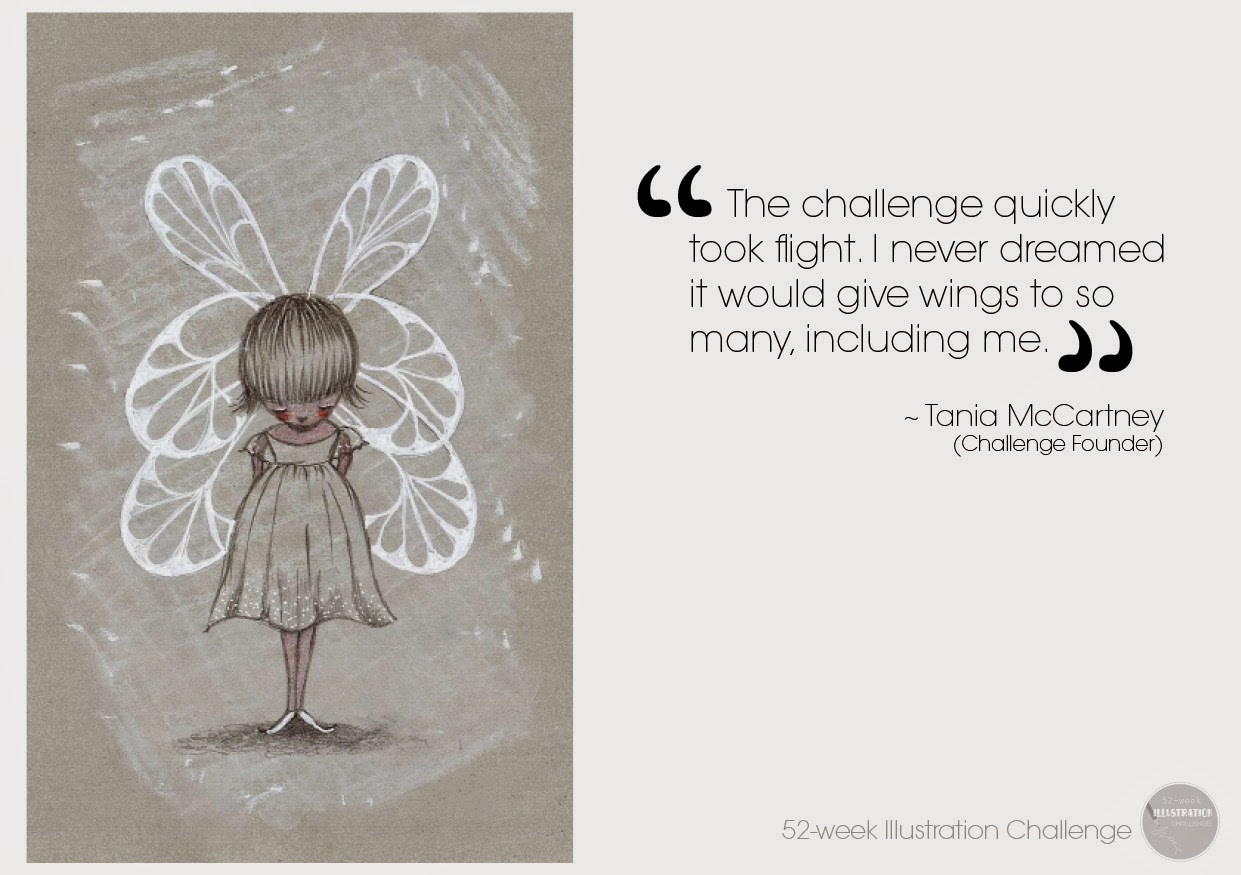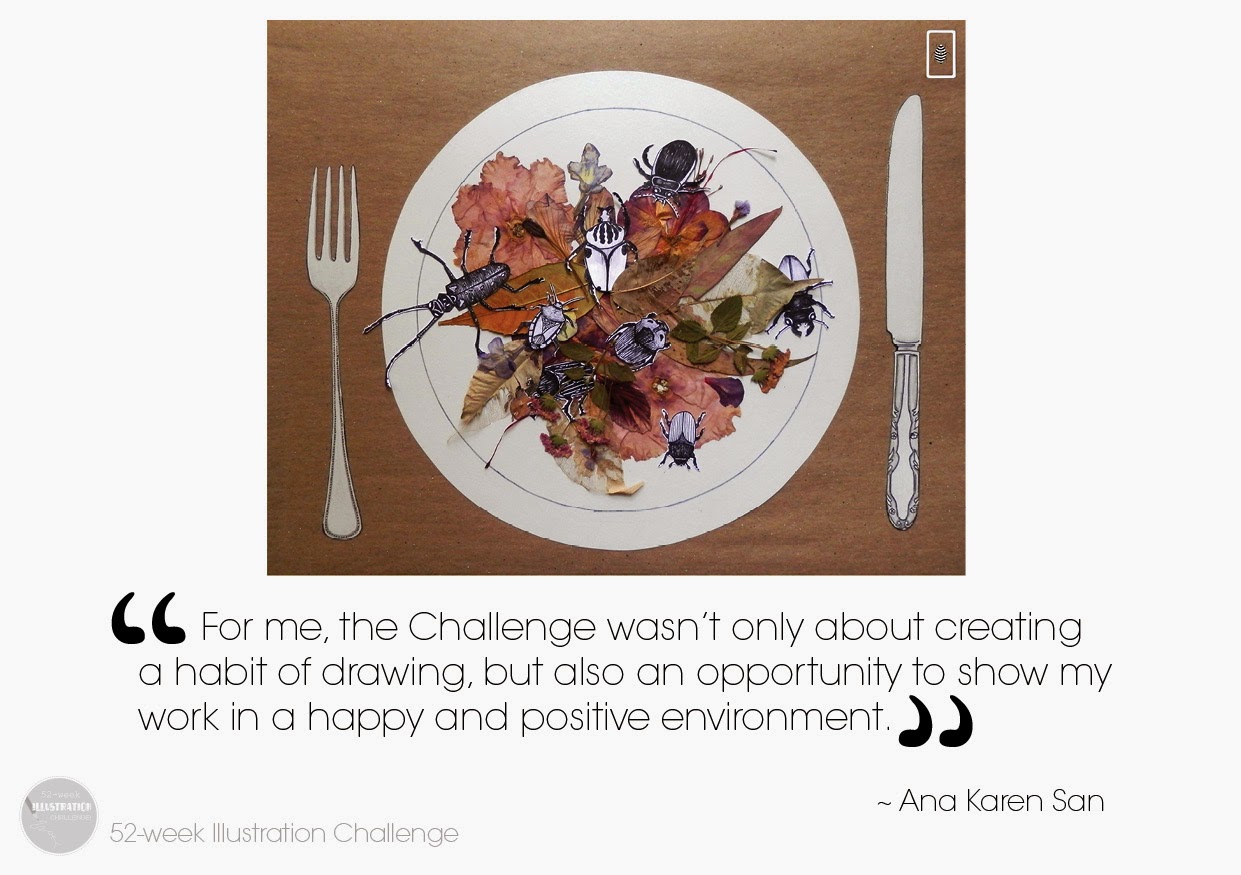STEP 1 - Idea
A lot of my ideas begin on scraps of paper, backs of envelopes or sticky notes.
 |
| STEP 1 - A very quick initial sketch |
I like to refine my sketches in my sketchbook so I always have them for any future reference. When I visit schools, I also like to show children my rough sketches, to demonstrate that not everything I do is a work of art!
Here is the refined sketch of the bear in the leaves.
 |
| STEP 2 - Refining my sketch |
 |
| STEP 3 - Masking Fluid. I have tried many brands, and this is the only one I use. |
Masking fluid is prone to wrecking your brushes so for this reason I have an old brush that I always use. Thanks to some helpful advice from members of the Challenge, I now lather soap into the brush before using the masking fluid which helps protect the bristles and makes it easier to wash out when finished.
Masking fluid creates a barrier over areas on the paper that you DON'T want watercolour paint to touch. I applied Masking Fluid to the areas I wanted to keep clear of the background colour.
 |
| STEP 3 - Masking Fluid |
Once the masking fluid was completely dry, I mixed my background colours. I mixed two tones of blue/green making sure I made enough paint to cover the large area.
This is the part where I work the quickest, adding water to the brush to create lighter/darker areas. Because I only used masking fluid around the edge of the bear, I had to pay attention to where my brush went, making sure I didnt paint anywhere except on the background area.
 |
| STEP 4 - Background. |
*With dried masking fluid that peels off, I roll it into a ball and keep it. I use this to help lift the dried Masking Fluid from paper. It sticks to it and helps roll it off reducing the chance of ripping the paper.
STEP 5 - Bear
 |
| STEP 5 - Bear |
STEP 6 - Leaves
 |
| STEP 6 - Leaves |
STEP 7 - Pencil Outline
 |
| STEP 7 - Pencil Outline of leaves |
 |
 |
| STEP 8 - Pencil outline of bear |
To see more of Nicky's work:
Website
Author/Illustrator Facebook Page
Happy Hero Facebook Page









.jpg)





































